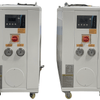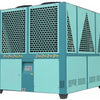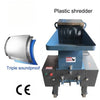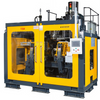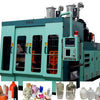Plastic Shredders: The Foundational Technology for Efficient Plastic Waste Recycling and Resource Recovery
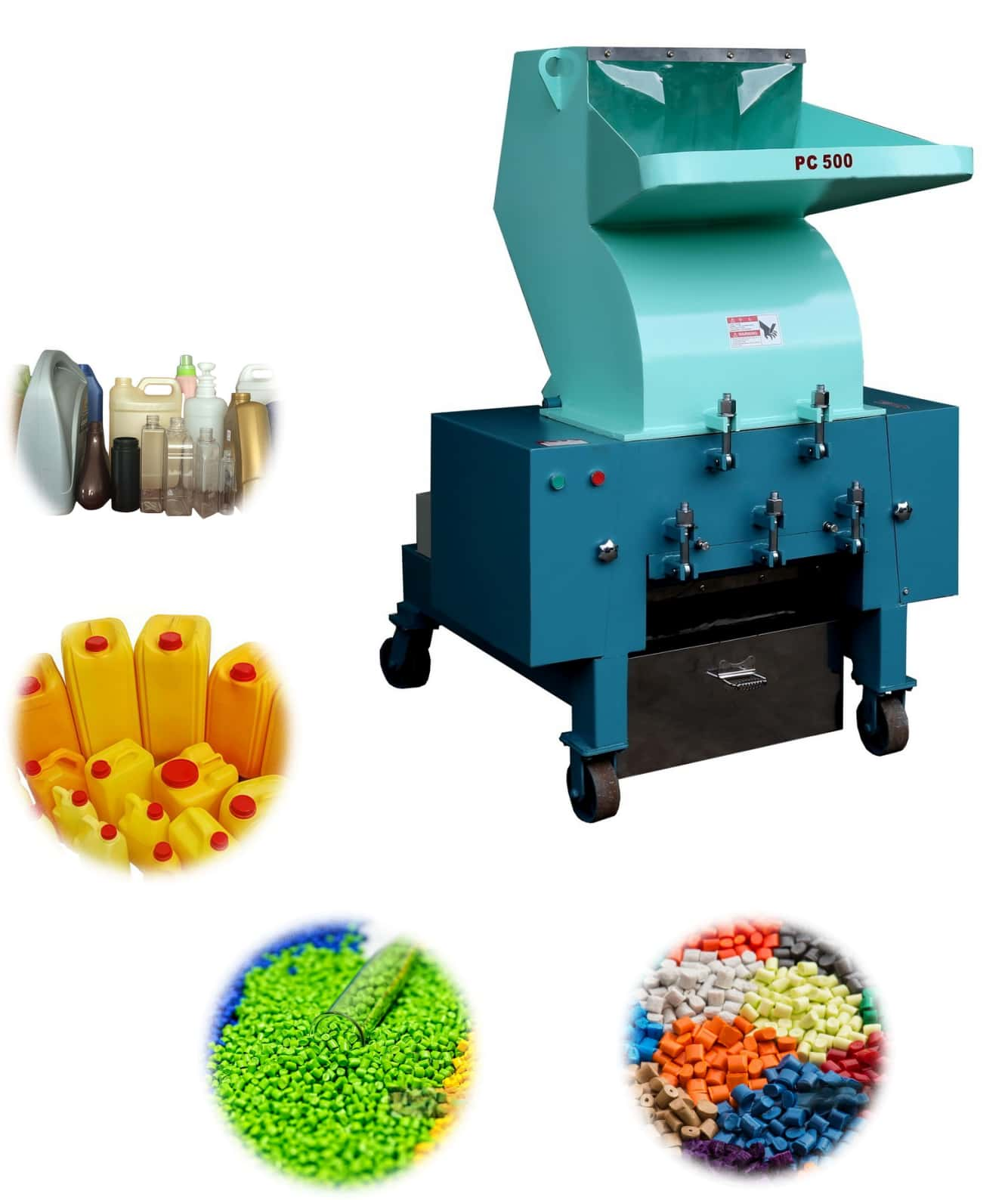
1. Introduction Plastic, lauded for its durability and versatility, has become an environmental burden due to its persistence and the vast quantities discarded annually. Landfills are overflowing, and marine ecosystems are under severe threat. Mechanical recycling offers a viable solution, but its success hinges on effective pre-processing. Among the initial steps, size reduction via shredding is indispensable. Plastic shredders (also commonly referred to as plastic crushers or granulators) break down large, irregular plastic items—ranging from bottles and films to pipes and bulky industrial waste—into smaller, homogenous particles. This process significantly increases material bulk density (by 3-5 times for films and bags), drastically reducing transportation and storage costs, while also preparing the material for subsequent stages like washing, sorting, extrusion, or even chemical recycling and RDF (Refuse-Derived Fuel) production. This paper aims to provide a comprehensive overview of plastic shredder technology, its classifications, functionalities, and its pivotal role in modern waste management and resource recovery systems.
2. Types and Classifications of Plastic Shredders Plastic shredders are not one-size-fits-all machines; they are engineered for specific material types and processing goals. The primary classifications are:
-
2.1. By Material Hardness:
- Hard Plastic Shredders: Designed for rigid materials like PVC pipes, ABS sheets, PC components, and injection molding sprues ("water口料"). These machines often feature robust, claw-type or hammer blades and higher torque motors (≥7.5 kW) to handle the material's resistance. They may have specialized feed openings (e.g., long rectangular ports for sheets, circular ports for pipes) to accommodate the shape of the input material.
- Soft/Flexible Plastic Shredders: Optimized for materials with high延展性 (ductility) like PE/PP films, plastic bags, and foam. These often utilize flat blades or specialized shear-cutting mechanisms to effectively grip and cut the material without it simply deforming or wrapping around the rotor. Lower rotational speeds are sometimes preferred to prevent material melting or agglomeration.
- Universal Shredders: A versatile category employing sealed bearings and well-designed blade geometries (often a combination of爪刀 claw knives and平刀 flat knives) to handle a mixed stream of both hard and soft plastics with reasonable efficiency.
-
2.2. By Shaft Configuration:
- Single-Shaft Shredders: Widely used for high-throughput applications (capacities ranging from 2 to 30 tons/hour). They are highly adaptable, with programmable operating modes to handle different plastic feedstocks, from films and bottles to large pipes and mixed plastic waste. Their robustness makes them ideal for large-scale recycling facilities and for preparing RDF.
- Double-Shaft Shredders: Often used for primary size reduction of bulky or mixed waste streams. The counter-rotating shafts with intermeshing blades provide a powerful shearing action, making them effective for a wide variety of plastic types (PVC, PET, ABS, PE, PP, etc.) with capacities often cited around 1500 kg/h.
-
2.3. By Downstream Application:
- Granulators/Standard Shredders: Produce flakes or granules (typically a few millimeters to tens of millimeters) for washing and re-extrusion into new plastic products.
- Plastic Grinding Mills (e.g., SMW, MF Series): Take the process a step further, grinding shredded plastic into fine powder (20-150 mesh, or approximately 0.075mm - 0.85mm). These are crucial for applications where fine powder is needed, such as in the production of PVC profiles or for incorporating recycled content into new compounds. They feature sophisticated cooling systems (air and water) to manage the heat generated during high-speed grinding.
3. Working Principle and Key Components The core principle of most plastic shredders involves mechanical shearing, cutting, and impact.
-
3.1. Operational Process:
- Feeding: Material is fed into the shredding chamber, often via an automated conveyor or hopper.
- Primary Cutting: Inside the chamber, a high-speed rotor equipped with moving blades (动刀) rotates past stationary blades (定刀) fixed to the chamber wall. The plastic is caught and sheared between these blades.
- Secondary Impact/Cutting: The fragmented pieces are further impacted against breaker bars or the chamber walls, or recirculated for additional cutting passes.
- Sizing and Discharge: The shredded material falls through a screen (筛网) with specific孔径 (aperture sizes, e.g., 6-100mm). Particles smaller than the screen孔径 exit as the final product, while oversized pieces are retained for further reduction. In grinding mills, an air classifier or vibrating screen is used instead of a physical screen to sort the fine powder by size.
-
3.2. Critical Components:
- Blades/Knives: Made from high-strength, wear-resistant alloys (e.g., SKH-9). Their geometry (claw, flat, hammer) is chosen based on the target material. A key advantage is that they are often designed to be easily removable and replaceable or re-sharpenable.
- Rotor and Bearings: The heart of the machine. Heavy-duty, sealed bearings are essential for longevity and smooth operation under high stress. The rotor must be dynamically balanced to minimize vibration.
- Screen/Grid: Determines the final particle size of the output.
- Motor and Drive System: Provides the necessary power (ranging from 7.5 kW for small units to 75 kW for large industrial machines) and torque. Modern machines may feature variable frequency drives (VFD) for speed control.
- Control System: Advanced models include PLCs and touchscreens for monitoring operational parameters (e.g., motor load, temperature), automatic feeding control, and fault diagnostics.
4. Performance Parameters and Selection Criteria Selecting the right shredder is crucial for operational efficiency and cost-effectiveness.
-
4.1. Key Parameters:
- Throughput/Capacity: Measured in kg/h or tons/hour. This is the most critical parameter, directly linked to the scale of the recycling operation.
- Motor Power (kW): Must be matched to the material hardness and desired throughput.
- Final Particle Size: Dictated by the screen孔径 or grinding gap, which must align with the requirements of the downstream process (e.g., extrusion, RDF production, fine powder compounding).
- Energy Consumption (kW·h/ton): A vital metric for operational cost and sustainability. Efficient designs minimize energy use per unit of material processed.
- Noise and Dust Levels: Modern designs incorporate sound-dampening materials and integrated dust collection systems for a safer, cleaner working environment.
-
4.2. Selection Guide:
- Material Characteristics: Match the shredder type (hard, soft, universal) and blade design to the predominant plastic waste stream.
- Capacity Needs: Small-scale operations (<200 kg/h) require compact, lower-power units, while large facilities (>500 kg/h) need industrial-grade machines.
- Downstream Process: The required output size (flakes vs. powder) will determine if a standard shredder or a grinding mill is needed.
- Automation & Features: Consider needs for automatic feeding, cooling systems (for heat-sensitive materials), and ease of maintenance (quick-change刀片, accessible筛网).
5. Advanced Applications and Future Outlook The role of plastic shredders is expanding beyond simple size reduction.
-
5.1. Enabling Advanced Recycling:
- Chemical Recycling: Shredding is a prerequisite for many chemical recycling processes (e.g., pyrolysis, depolymerization), which require a consistent, contaminant-free feedstock.
- RDF Production: Mixed plastic waste, after shredding to a uniform 20-50mm size, can be densified into high-calorific-value RDF pellets for use in cement kilns or power plants, displacing fossil fuels and reducing carbon emissions.
- Cryogenic Comminution: For highly elastic or composite plastics, freezing the material with liquid nitrogen (LN2) or CO2 before shredding makes it brittle, allowing for more efficient size reduction and better liberation of different components for separation.
-
5.2. Driving the Circular Economy: Efficient shredding is the linchpin of the circular economy for plastics. By transforming "waste" into a valuable "城市矿产" (urban mine), shredders enable the recovery of material that would otherwise be lost. The technology is evolving towards greater智能化 (intelligence), with sensors and AI for predictive maintenance and real-time optimization, and towards modularity for flexible, multi-stream processing.
6. Conclusion Plastic shredders are far more than simple size-reduction machines; they are the foundational technology upon which the entire plastic recycling industry is built. From the initial破碎的第一步 (first step of破碎) at a landfill or collection center to the sophisticated preparation of feedstock for chemical recycling or RDF, their role is indispensable. The diversity in shredder types—from single-shaft giants handling tons per hour to specialized grinders producing fine powder—reflects the complexity of the plastic waste stream. Choosing the right equipment, based on material type, capacity, and downstream needs, is critical for economic viability and environmental efficacy. As the world strives to become a "green manufacturing powerhouse," continuous innovation in shredder technology, focusing on efficiency, reliability, and adaptability, will be key to unlocking the full potential of plastic waste as a valuable resource and achieving true circularity.
-
Đăng trong
Plastic crusher

